Programme farmers have been keeping a record of their daily work routines over the past few weeks to build a clearer picture of what elements of their farms are labour intensive. This exercise is a useful step to develop simple changes to the daily routine to allow a more efficient use of their time on farm.
Some farmers with increasing workloads may be considering recruiting and employing an additional full-time labour unit. However, if inefficiencies in a farming system are identified and corrected first, making use of casual labour, relief milkers or contractors can often take enough pressure off the farmer’s workload.
Time off
Logging daily work also lets farmers see how much work has been completed on the day or over the course of the week. If a daily log shows that work set for the day or week has been completed, is there any need to keep working? Time off is an essential part of any sustainable work life and this needs to be factored into a farm work plan.
A farmer recently told me that his father didn’t miss a milking for 18 years on their split spring- and autumn-calving dairy farm. Attitudes have changed towards taking time off and most farmers now recognise the importance of getting away from the farm. However, arranging cover for time off through existing farm staff, family members, relief milkers or casual labour still requires a certain level of organisation.
Having an effective plan to allow periodic time to be spent off farm with family or for recreation is also important if time off is needed at short notice. Farmers need a reliable back-up plan in the event of temporary illness or accident.
Simple systems are labour saving
Daily work plans vary significantly throughout the year and so having a longer-term plan of the general work routine over a 12-month period is important. It allows gaps to be identified when longer periods of time off can be taken and it can be used during quieter periods to help get organised for busy periods of work.
Significant changes on a farm to improve labour efficiency can take a longer time to implement than simple tweaks or changes to daily work plans. Labour-saving systems on dairy farms are usually cheaper to implement and more effective than many technologies or equipment designed to reduce labour requirements.
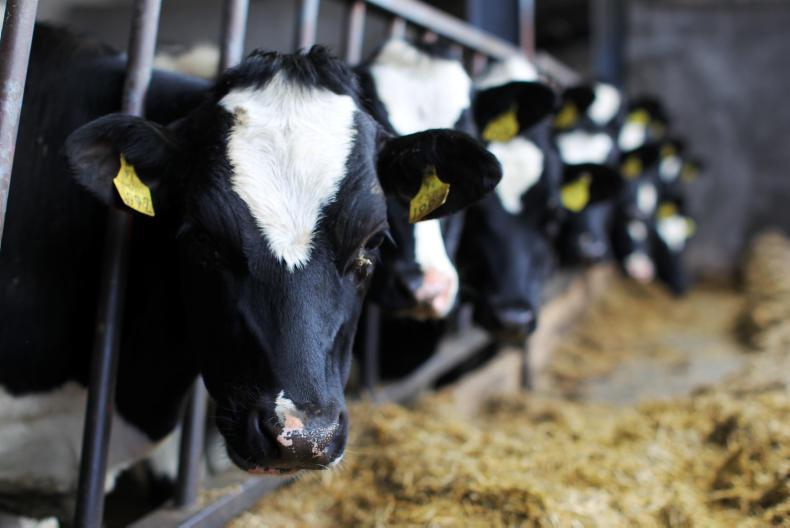 Several project farmers have significantly tightened herd calving profiles during their time in the Dairylink Ireland programme. Although having cows calving down in a tight block requires a high labour demand at calving and breeding, it is a more labour-efficient system over the course of the year.
Several project farmers have significantly tightened herd calving profiles during their time in the Dairylink Ireland programme. Although having cows calving down in a tight block requires a high labour demand at calving and breeding, it is a more labour-efficient system over the course of the year.
Jobs relating to calving, breeding, heifer rearing and drying off take place in a short time and can be planned for well in advance. A spread calving profile means a larger range of jobs relating to smaller groups of stock needs to be completed more often, which is an inefficient use of labour.
Good grazing infrastructure also limits labour requirements when allocating grass and walking cows to paddocks. This involves strategic positioning of laneways, fences and drinkers, which will reduce the time spent setting up paddocks during normal grazing conditions.
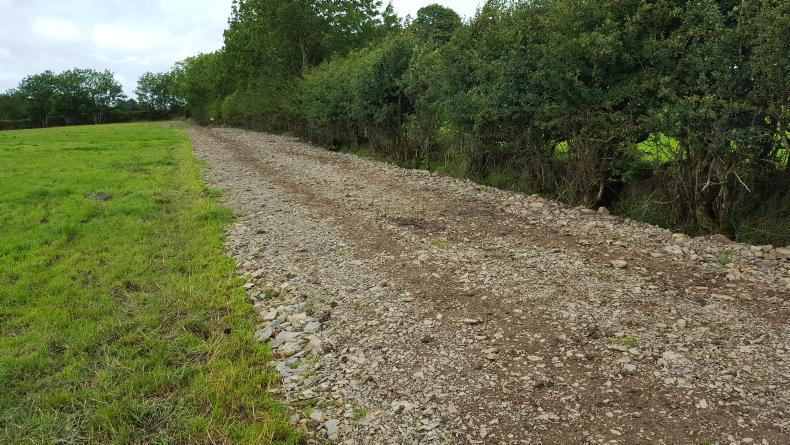
For replacement heifers, stock on outfarms or paddocks further from the yard should also have good grazing infrastructure and handling facilities. Use of a contract heifer rearer can be a suitable option to both reduce the labour requirement with replacements and increase cow numbers.
Employing relief milkers or casual labour can mean that simple systems for milking and feeding are needed so that the workers can easily pick up how to do certain jobs.
There is a cost to implementing some labour-efficient systems, but if a farmer put a cost of €20 per hour on their time, the payback for making systems simpler will be much quicker.
Many labour-saving systems also bring other benefits that deliver for farm profitability. For example, maintaining a compact calving profile improves herd fertility and developing good grazing infrastructure increases grass utilisation.
Charles Clarke, Bailieborough,
Co Cavan
Managing 115 cows and all replacement stock is a one-man operation on my farm most of the time. Contractors are used for silage and slurry work and additional labour is brought in during the busy spring period.
I had a minor health issue in May this year and was in hospital for two days and then I was on strong antibiotics for two weeks. In November, I had a small operation which meant another two weeks with no farm work.

During this four-week period I used casual labour to get work done on the farm. I have used this type of cover quite a bit in the past for holidays and short breaks, so I had reliable contacts and was confident it would work.
I used to calve some cows in the autumn but moved to 100% spring calving in 2016. The single block of spring-calving cows is easier to manage and the compact calving block means all cows are dry for two months in winter.
Having time off from milking allows me to take things easier at the end of the year and then get ready for the busy workload in the spring.
Read more
All reports from the Dairylink programme
Programme farmers have been keeping a record of their daily work routines over the past few weeks to build a clearer picture of what elements of their farms are labour intensive. This exercise is a useful step to develop simple changes to the daily routine to allow a more efficient use of their time on farm.
Some farmers with increasing workloads may be considering recruiting and employing an additional full-time labour unit. However, if inefficiencies in a farming system are identified and corrected first, making use of casual labour, relief milkers or contractors can often take enough pressure off the farmer’s workload.
Time off
Logging daily work also lets farmers see how much work has been completed on the day or over the course of the week. If a daily log shows that work set for the day or week has been completed, is there any need to keep working? Time off is an essential part of any sustainable work life and this needs to be factored into a farm work plan.
A farmer recently told me that his father didn’t miss a milking for 18 years on their split spring- and autumn-calving dairy farm. Attitudes have changed towards taking time off and most farmers now recognise the importance of getting away from the farm. However, arranging cover for time off through existing farm staff, family members, relief milkers or casual labour still requires a certain level of organisation.
Having an effective plan to allow periodic time to be spent off farm with family or for recreation is also important if time off is needed at short notice. Farmers need a reliable back-up plan in the event of temporary illness or accident.
Simple systems are labour saving
Daily work plans vary significantly throughout the year and so having a longer-term plan of the general work routine over a 12-month period is important. It allows gaps to be identified when longer periods of time off can be taken and it can be used during quieter periods to help get organised for busy periods of work.
Significant changes on a farm to improve labour efficiency can take a longer time to implement than simple tweaks or changes to daily work plans. Labour-saving systems on dairy farms are usually cheaper to implement and more effective than many technologies or equipment designed to reduce labour requirements.
 Several project farmers have significantly tightened herd calving profiles during their time in the Dairylink Ireland programme. Although having cows calving down in a tight block requires a high labour demand at calving and breeding, it is a more labour-efficient system over the course of the year.
Several project farmers have significantly tightened herd calving profiles during their time in the Dairylink Ireland programme. Although having cows calving down in a tight block requires a high labour demand at calving and breeding, it is a more labour-efficient system over the course of the year.
Jobs relating to calving, breeding, heifer rearing and drying off take place in a short time and can be planned for well in advance. A spread calving profile means a larger range of jobs relating to smaller groups of stock needs to be completed more often, which is an inefficient use of labour.
Good grazing infrastructure also limits labour requirements when allocating grass and walking cows to paddocks. This involves strategic positioning of laneways, fences and drinkers, which will reduce the time spent setting up paddocks during normal grazing conditions.

For replacement heifers, stock on outfarms or paddocks further from the yard should also have good grazing infrastructure and handling facilities. Use of a contract heifer rearer can be a suitable option to both reduce the labour requirement with replacements and increase cow numbers.
Employing relief milkers or casual labour can mean that simple systems for milking and feeding are needed so that the workers can easily pick up how to do certain jobs.
There is a cost to implementing some labour-efficient systems, but if a farmer put a cost of €20 per hour on their time, the payback for making systems simpler will be much quicker.
Many labour-saving systems also bring other benefits that deliver for farm profitability. For example, maintaining a compact calving profile improves herd fertility and developing good grazing infrastructure increases grass utilisation.
Charles Clarke, Bailieborough,
Co Cavan
Managing 115 cows and all replacement stock is a one-man operation on my farm most of the time. Contractors are used for silage and slurry work and additional labour is brought in during the busy spring period.
I had a minor health issue in May this year and was in hospital for two days and then I was on strong antibiotics for two weeks. In November, I had a small operation which meant another two weeks with no farm work.

During this four-week period I used casual labour to get work done on the farm. I have used this type of cover quite a bit in the past for holidays and short breaks, so I had reliable contacts and was confident it would work.
I used to calve some cows in the autumn but moved to 100% spring calving in 2016. The single block of spring-calving cows is easier to manage and the compact calving block means all cows are dry for two months in winter.
Having time off from milking allows me to take things easier at the end of the year and then get ready for the busy workload in the spring.
Read more
All reports from the Dairylink programme
 Several project farmers have significantly tightened herd calving profiles during their time in the Dairylink Ireland programme. Although having cows calving down in a tight block requires a high labour demand at calving and breeding, it is a more labour-efficient system over the course of the year.
Several project farmers have significantly tightened herd calving profiles during their time in the Dairylink Ireland programme. Although having cows calving down in a tight block requires a high labour demand at calving and breeding, it is a more labour-efficient system over the course of the year. 








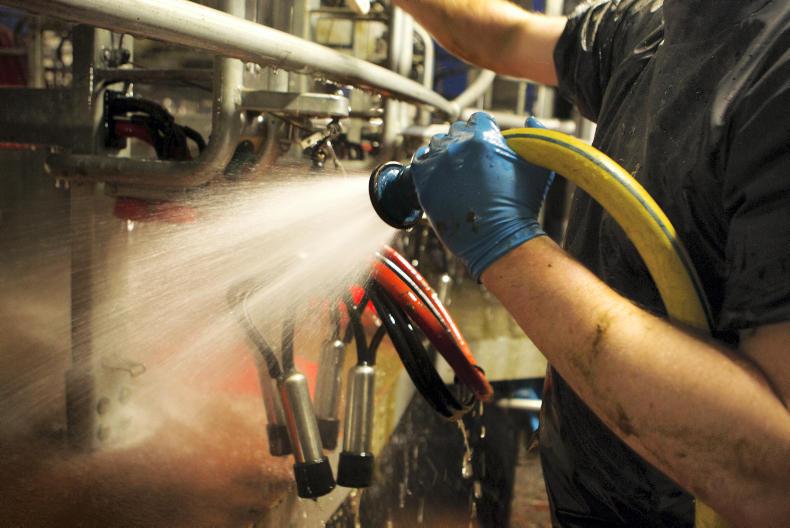
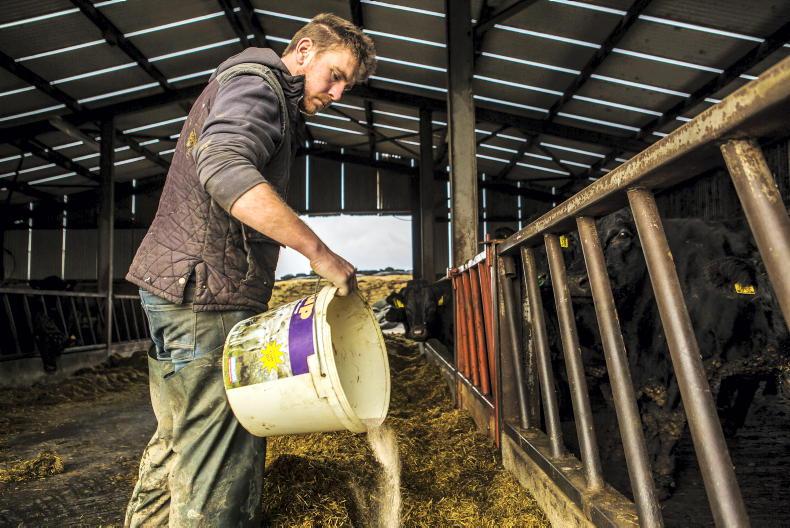


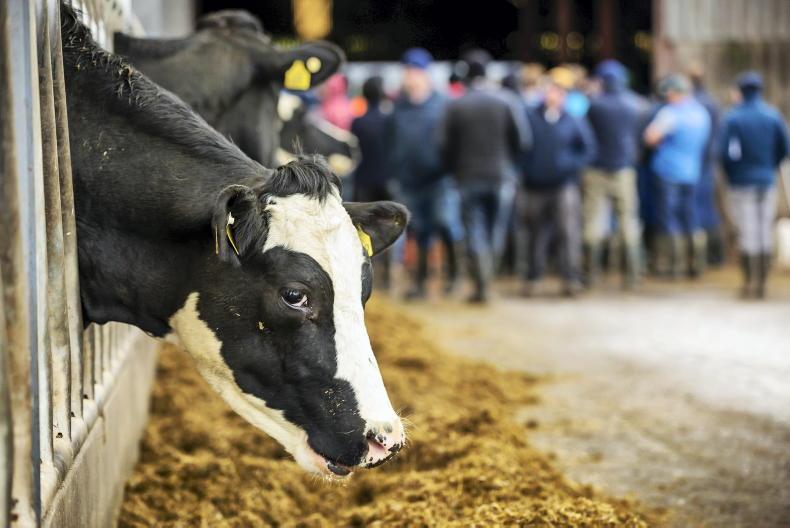

SHARING OPTIONS